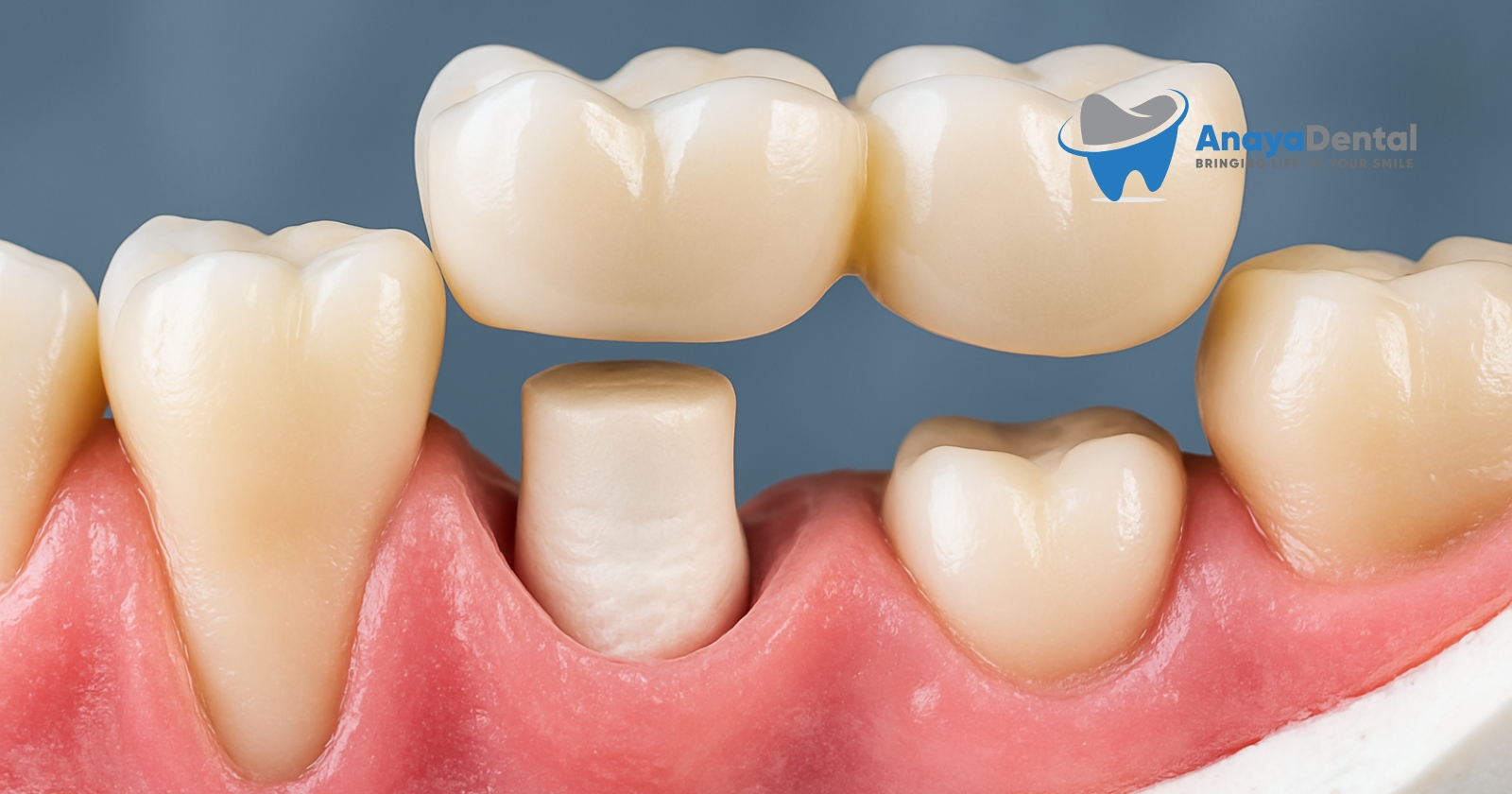Have you been told you need a dental implant and seen “D6010” on your treatment plan? This code represents a crucial step in restoring your smile, but many patients are surprised by its cost and confused about coverage options. In this guide, you’ll discover exactly what the D6010 code entails, how much you can expect to pay, and smart ways to manage these expenses.
What Is the D6010 Dental Code?
The D6010 dental code specifically refers to the surgical placement of an implant body – the titanium post that serves as an artificial tooth root. This procedure is the foundation of the entire dental implant process and represents the surgical phase of implant treatment.
When your dentist uses code D6010, they’re billing for:
Try Our Dental Calculators
- The surgical insertion of the titanium implant fixture into your jawbone
- Local anesthesia administration
- Initial site preparation
- Post-operative care directly related to the implant placement
It’s important to understand that D6010 covers only the implant body placement, not the abutment (connector) or crown (visible tooth portion) that will later be attached to complete your restoration.
Medical Context: Why Might You Need This Procedure?
Dental implants become necessary when you’ve lost a tooth due to:
- Severe decay that makes the tooth unsalvageable
- Traumatic injury resulting in tooth loss
- Advanced periodontal disease leading to tooth loss
- Congenital absence of teeth
- Need for full-mouth rehabilitation
The D6010 procedure offers significant advantages over alternatives like bridges or dentures. Dental implants:
- Preserve bone structure in your jaw
- Prevent shifting of adjacent teeth
- Provide a permanent solution with proper care
- Offer a 97.3% success rate for single-tooth implants, according to a 2018 study published in the Journal of Dental Research
The D6010 Procedure: What to Expect
The surgical placement of a dental implant typically follows these steps:
- Consultation and planning: Your dentist will conduct a comprehensive examination, including 3D imaging to assess bone quality and quantity.
- Preparation: Local anesthesia is administered to ensure your comfort.
- Implant placement: The dentist creates a small opening in the gum tissue and jawbone, then carefully places the titanium implant.
- Initial healing: The site is sutured, and the implant begins to integrate with your jawbone through a process called osseointegration.
- Recovery period: This healing phase typically lasts 3-6 months before the next steps (abutment and crown placement) can proceed.
Recovery and Timeline
Following the D6010 procedure, you can expect:
- Mild discomfort for 3-7 days, manageable with prescribed pain medication
- A diet of soft foods for 1-2 weeks
- Complete osseointegration in 3-6 months
- The entire implant process (including abutment and crown) to take 4-9 months from start to finish
Cost of D6010: What You’ll Pay for Implant Placement
The surgical placement of a dental implant (D6010) typically costs between $1,500 and $3,000 per implant. However, this reflects only the surgical placement component – the total cost of a completed dental implant (including abutment and crown) generally ranges from $3,000 to $6,000.
Factors affecting your specific cost include:
- Geographic location (urban centers typically charge more)
- Dentist’s expertise (specialists may charge higher fees)
- Complexity of your case (need for bone grafting increases costs)
- Diagnostic procedures required (additional imaging or models)
Remember that D6010 is just one code in the implant process. You’ll likely see these additional codes on your treatment plan:
- D6056 or D6057 (prefabricated or custom abutment)
- D6058-D6077 (various implant crown options)
- D4263 or D7953 (bone grafting, if necessary)
Payment Options: How to Afford Your Dental Implant
Dental Insurance Coverage
Dental insurance coverage for implants varies significantly between plans:
| Insurance Type | Typical D6010 Coverage | Limitations | Waiting Period |
|---|---|---|---|
| Basic Plans | 0% (exclusion common) | Often considered cosmetic | N/A |
| Mid-tier Plans | 25-50% of UCR* | Annual maximum of $1,000-$1,500 | 12 months |
| Premium Plans | 50-80% of UCR* | Annual maximum of $1,500-$3,000 | 6-12 months |
*UCR = Usual, Customary, and Reasonable fee
Important: Many dental insurance plans consider implants an elective procedure and impose significant limitations. Always verify coverage before proceeding with treatment.
Alternative Payment Options
If insurance doesn’t provide adequate coverage, consider these alternatives:
- Dental savings plans: Membership programs offering 15-60% discounts on procedures, including implants.
- CareCredit or dental financing: Medical credit cards and loans specifically for healthcare expenses, often with 0% interest promotional periods.
- Dental school clinics: Teaching institutions often provide implant services at 30-50% lower costs, supervised by experienced faculty.
- Payment plans: Many dental practices offer in-house financing options with monthly payment arrangements.
- Health Savings Accounts (HSAs) or Flexible Spending Accounts (FSAs): Use pre-tax dollars to pay for qualified dental procedures.
Questions to Ask Your Dentist About D6010
Before scheduling your implant surgery, ask your dentist these important questions:
- “Is the D6010 fee your complete surgical fee, or will there be additional charges?”
- “What is your success rate with dental implant placements?”
- “Will I need bone grafting before the D6010 procedure?”
- “What specific aftercare instructions should I follow?”
- “What alternative treatments might be appropriate in my case?”
Quick Review
The D6010 dental code covers the surgical placement of a dental implant body – the titanium post that serves as an artificial tooth root. This procedure typically costs $1,500-$3,000 and represents just one phase of complete implant treatment. Dental insurance coverage varies widely, with many plans offering limited benefits for implants. Alternative payment options include dental savings plans, healthcare financing, and dental school clinics. The procedure has a high success rate and provides a long-term solution for missing teeth, but requires a healing period of several months before the restoration can be completed.
By understanding the D6010 code and exploring all your payment options, you can make informed decisions about replacing missing teeth with dental implants – a solution that can restore both function and confidence for years to come.


